เทคโนโลยีแบบเต็มหน้าจอของ DAH Solar แสดงให้เห็นถึงพลังงานที่ได้รับ 11% สำหรับโมดูลเซลล์แสงอาทิตย์ เนื่องจากโมดูลเซลล์แสงอาทิตย์แบบไร้กรอบกำลังค่อยๆ กลายเป็นเทรนด์กระแสหลักในอุตสาหกรรม นิตยสาร PV ได้ให้สัมภาษณ์กับดร. เจียง เฉิงหยิน ผู้อำนวยการฝ่ายวิจัยและพัฒนาของ DAH Solar เกี่ยวกับการออกแบบของบริษัทสำหรับผลิตภัณฑ์เวอร์ชันเต็มหน้าจอ 3.0 ของบริษัท ซึ่งช่วยเพิ่มผลผลิตพลังงานได้ดียิ่งขึ้น พร้อมทั้งลดต้นทุน และ ลดโอกาสของการแตกหัก เทคโนโลยี “เต็มหน้าจอ” สำหรับแผงเซลล์แสงอาทิตย์คืออะไร? ดร. เจียง เฉิงหยิน: แผงเซลล์แสงอาทิตย์ทั่วไปมีกรอบที่ยื่นออกมาเหนือพื้นผิวกระจก ทำให้เกิดฝุ่นสะสมเนื่องจากน้ำฝนไม่สามารถไหลออกได้อย่างรวดเร็ว ด้วยการออกแบบที่ได้รับการจดสิทธิบัตรของเรา เรารับประกันว่าโครงจะราบกับพื้นผิว ช่วยให้น้ำฝนไหลออกและพัดฝุ่นได้อย่างราบรื่น ส่งผลให้สามารถทำความสะอาดตัวเองได้ จากการทดสอบประสิทธิภาพกลางแจ้ง ที่มุมการติดตั้งประมาณ 5 องศา ซึ่งจำลองมุมการติดตั้งทั่วไปบนหลังคากระเบื้องเหล็กสีในประเทศส่วนใหญ่ โมดูลแบบเต็มหน้าจอของเราสามารถได้รับพลังงานเพิ่มขึ้นประมาณ 11% ต่อปี ด้วยการขจัดการพันกรอบอะลูมิเนียมแบบเดิมๆ การออกแบบขอบแบนของ Full-Screen สามารถตอบสนองความต้องการด้านความแข็งแกร่งของโครงสร้างได้หรือไม่ ทนทานต่อประสิทธิภาพการซีลกลางแจ้งในระยะยาวได้อย่างไร Dr. Jiang Chengyin: Originally, double-glass modules had no frames. With encapsulation of double-sided strengthened glass fully meeting the module's strength requirements. Adding frame designs primarily protected glass edges from damage. Since the distance from the internal cell's conductive part to the module edge is generally over 15 mm, the waterproof sealing insulation width at the edge is also 15 mm, ensuring long-term outdoor sealing. DAH Solar's design eliminates the front frame but retains side and back frames, bonded with high-strength silicone rubber, maintaining glass edge protection. Silicone rubber offers proven durability and weather resistance. What improvements does DAH Solar's Full-Screen product at this SNEC exhibit offer compared to previous models? Dr. Jiang Chengyin: Our Full-Screen product has advanced to version 3.0, which is a significant improvement over versions 1.0 and 2.0. First, we have adopted the Full-Screen plus “Dense Busbar” (DBB), which is a design similar to 0BB. DBB technology has several advantages, notably significantly reducing silver consumption during cell production, lowering product costs. Additionally, in module production, we've abandoned high-temperature welding processes, using low-temperature film to bond ribbons to cell surfaces. This low-temperature encapsulation process enhances module power, reduces virtual welding and the likelihood of fractures, improves yield, and extends product life by avoiding flux residues that corrode grid lines. Overall, version 3.0 products show significant improvements in reliability and power generation compared to past versions. Furthermore, we now use industry-leading rectangular silicon wafers based on 182 mm as the substrate for TOPCon cells. We also employ laser-assisted sintering technology to significantly en...
อ่านเพิ่มเติม
 ไทย
ไทย English
English فارسی
فارسی français
français русский
русский español
español português
português العربية
العربية 日本語
日本語 Polski
Polski Việt Nam
Việt Nam Indonesia
Indonesia 中文
中文







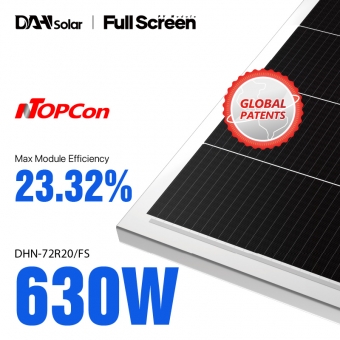
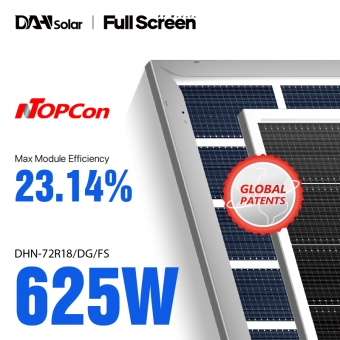
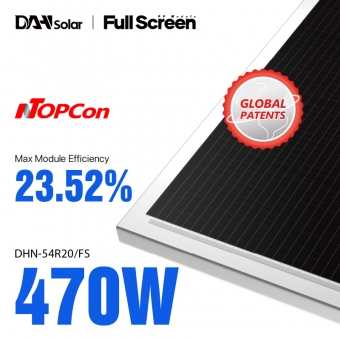
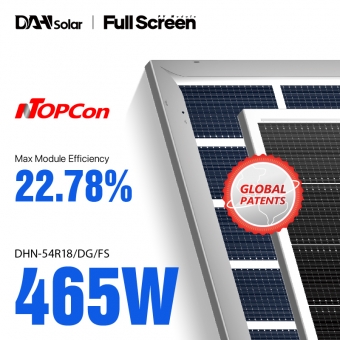
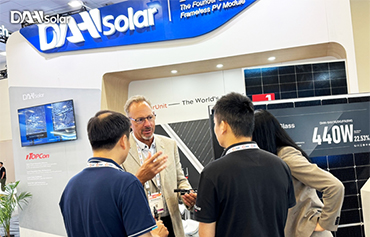
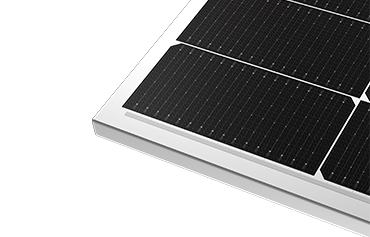

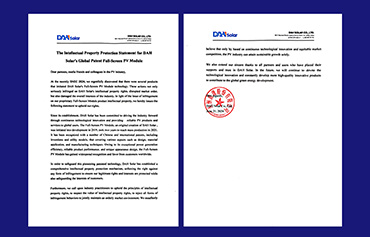
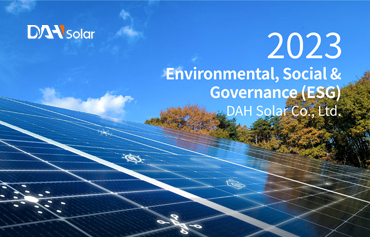
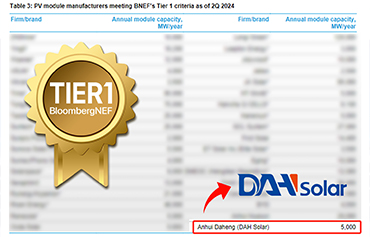






 0086 137 2104 1763
0086 137 2104 1763

